„Glashütte on Board – 130 Years of Marine Chronometers from Saxony“
New Special Exhibition in German Watch Museum Glashütte
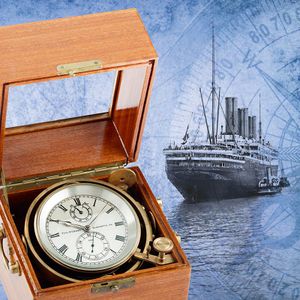
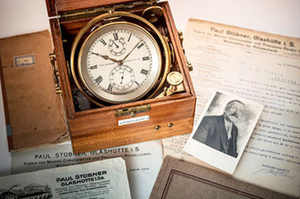
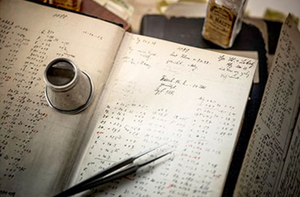
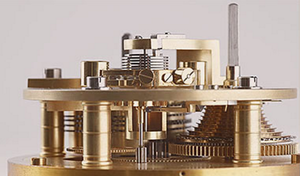
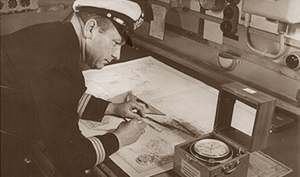
Glashütte, May 2016
The German Watch Museum Glashütte has dedicated its latest Special Exhibition to the different versions and technical developments in marine chronometers made in Glashütte in the last 130 years, and to the achievements of famous watchmakers and manufacturers of chronometers such as Fridolin and Paul Stübner, Gustav Gerstenberger or Herbert Weydig.
For centuries seafarers oriented themselves at sea by observing the stars and using a chip log and logline to measure distance and speed. One of the biggest navigational challenges was to determine the longitude, and only when John Harrison invented the marine chronometer did navigation at sea become significantly more precise and more reliable. With the founding of the German Empire in 1871 and growing interest in international trade, the German Navy became more important as well. To eliminate reliance on English imports, significant support was provided to encourage the production of chronometers in Germany. In 1886 the first marine chronometers from Glashütte were sent to the German Naval Observatory in Hamburg for testing. In the following 130 years numerous innovations and technical improvements brought international renown and success to marine chronometers from Glashütte. Although today navigation at sea is performed around the world using GPS, Glashütte in Saxony remains a significant location for the production of marine chronometers.
Another aspect of German chronometer history is the connection between Hamburg and Glashütte. Along with the founding of the "German Naval Observatory Hamburg" in 1875 as a testing centre for chronometers, there was support beginning in the 1930s for the joint production of chronometers at both locations and for the establishment of a research institute at the astronomical observatory in Glashütte. Following the reunification of Germany the Hamburg-Glashütte link was taken up again by "Wempe Glashütte i/SA“: the Glashütte astronomical observatory was restored and today houses the production of watches and a chronometer testing lab. "Wempe Glashütte i/SA“ has taken this shared past and present as an occasion to support this year's Special Exhibition at the German Watch Museum Glashütte.
The Museum presents the development of Glashütte marine chronometers using numerous exhibits, documents and photographs in their historic context. The technical aspects and specific construction details of the chronometer movement are presented to the visitor in an easily understood way in an artisanal context. In addition, a multimedia presentation brings the practical use of marine chronometers at sea closer to the visitor's experience.
The Special Exhibition is open to the public from 17 June through 20 November 2016 in the German Watch Museum Glashütte. A companion volume to the exhibition is available for purchase for 6.50 Euro in the Museum shop.